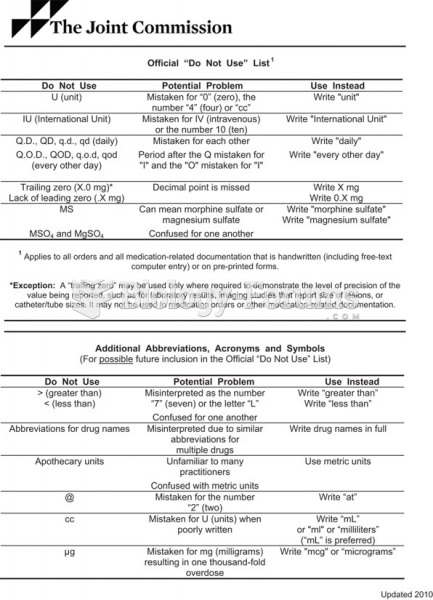Answer to Question 1
D
Answer to Question 2
Cultural diversity training is the education and preparation of police officers to work in a multicultural society. The goal is to achieve better relationships, knowledge of people, their motivations, beliefs and behaviors are necessary complements to officer training and increased understanding
Though training has increased, the nature of the police approach to cultural diversity training and education has not changed dramatically since the 1960s. Generally speaking, this approach has been based on two key assumptions. First, police officers can be more effective social control agents if they are able to secure community support through better communication skills. Second, police officers will be more responsive to all members of the community and less likely to be abusive if they have an understanding of marginalized groups. Furthermore, this thinking has been underpinned by seeking to transform attitudes and beliefs. Although many programs attempt to explain to officers how cultural stereotypes develop and go to great lengths to present principled arguments against prejudice, most accept that one of the best ways to promote change is to convince officers that they also stand to benefit from improved police-minority relations.
Today, police cultural diversity training programs typically include substantial sections on issues such as race, culture, and interethnic relations; migration, minority integration, and cultural evolution; the dynamics of prejudice; group traditions, values, and attitudes; police intervention strategies; human rights; and police ethics and behavior.
One study found that recruits were more receptive to cultural diversity training than more experienced officers. It is believed that, for training to be most effective, it should be continued throughout officers' careers, supervisors should be included, and training should examine cultural diversity and not solely blame police officers for conflict with the community.







